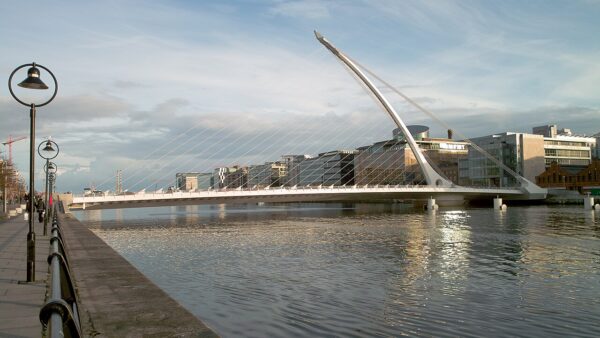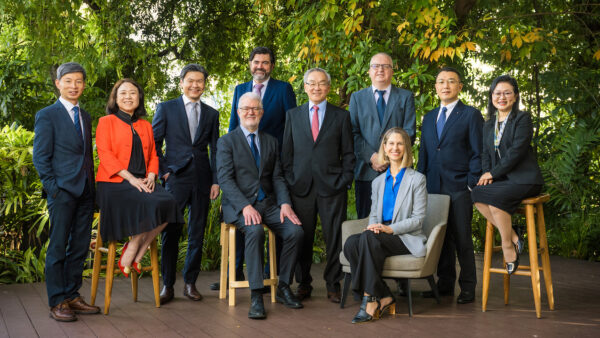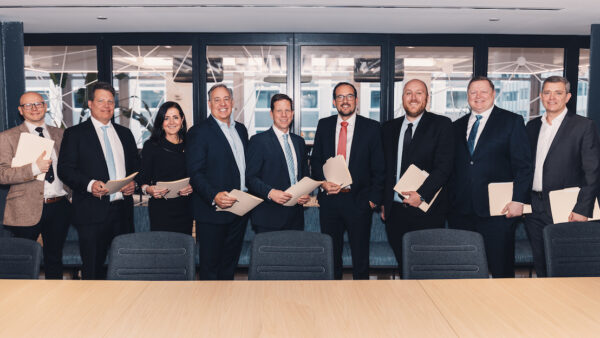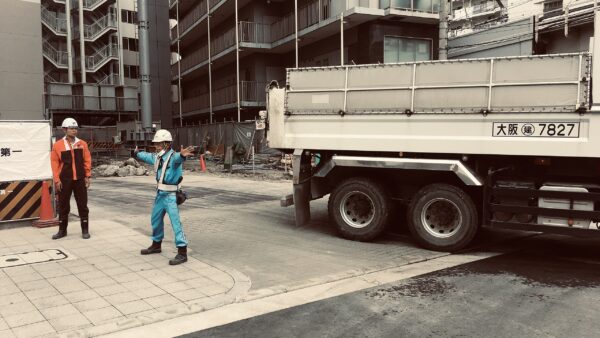Ten days ago Nigeria’s Dangote Cement slashed prices by 40% in a goodwill gesture. David Rogers explains why Africa’s cement king can afford it, and how this peculiar industry will explode as African economies prepare to double in size.
Aliko Dangote (pictured) is not only the richest man in Africa, but the 23rd richest man in the world, with a net worth of somewhere around the $25bn mark.Â
It is an extraordinary fortune to have amassed in any economy, and in any industry, but a truly astonishing one to have gained from the relatively impoverished base of Nigeria. And whereas many common-or-garden billionaires made their money in high-tech manufacturing or stock exchange manipulations or the extraction of valuable minerals, Mr Dangote grew rich from plain old cement. How did he do it?
He had certain advantages that most Nigerians do not, such as a grandfather who was the richest man in west Africa, and a business degree from Cairo University. He grew his business into a conglomerate that sells everything from telecoms and banking to milk and macaroni.
But it is still based squarely on cement: Dangote Cement is the largest listed company in Africa, with a market capitalisation of $14bn on the Nigerian stock exchange. When its present round of expansion is over it will operate plants in 14 African countries, and the output of one of its Nigerian production plants, in Obajana, is being expanded from five to 10.25 million tonnes a year, which will make it perhaps the largest in the world.
We want to have a market capitalization of $100bn by 2017. It’s my goal for my 60th birthday!– Aliko Dangote, the richest man in Africa
Another factor is that cement is a strange industry. On the one hand, it is vast, with a global turnover of $250bn, and is dominated by five firms – Buzzi, Cemex, Heidelberg, Lafarge-Holcim and Italcementi – that together control 40% of the market. On the other, cement is so expensive to transport relative to its value that it tends to be used within 320km of where it is produced; 97% is used in the country where it was made.
A third point is that a cement plant producing 1 million tonnes a year, which is the smallest size worth building, costs about $200m, so this is not a business that is friendly to start-ups. A fourth point is that poor but growing economies use much more cement than rich ones. For example, Holcim is based in Switzerland but makes 70% of its profit from the developing world. Overall, 50% of the world’s cement is made and consumed in China, and 40% in other emerging economies.
If you put these facts together, it suggests that a well capitalised company in a poor but growing economy has a reliable market and limited competition. The extra factor that explains the scale of Dangote’s success in Nigeria is that it solved the principal problem of operating there, which is energy.Â
Although the raw materials for cement are cheap, the process of making it requires a great deal of heat, and Nigeria does not have a functioning power network. Dangote explained how he tackled that problem to an interviewer from Time magazine earlier this year. He said: “We had a lot of capital, and we were able to build out our own power grid. The number one thing that kills businesses in Africa is power, or the lack of power. We wanted our own grid. So we built it. It took $1.2bn.”
In a continent where utilities vary from poor to non-existent, that gave Dangote a huge advantage. Interruptions in electricity supply or unstable voltages can cause extensive damage to a cement plant’s rotary kilns, and that kind of failure can shut a plant down for up to a month. Dangote’s $1.2bn meant that was guaranteed security of operation. Â
What’s so special about Africa?
In the future, Dangote is planning to expand and diversify his business, but cement will remain at its core. The plan is to expand total production by 50% in the next three years, from 42 million tonnes this year to 62 million tonnes in 2017.
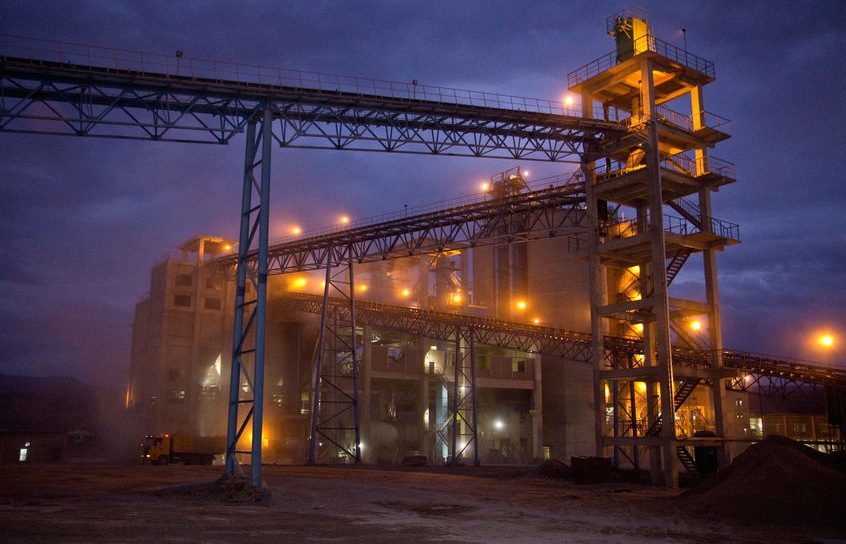
This 1 million tonne a year cement plant in Ethiopia is in 24 hour operation to help meet the demand of the country’s building boom (Source: UK Department for International Development)
One reason that Dangote is so confident about the future is that, even given the huge demand for cement in the developing world, Africa is a special case. The World Population Bureau estimates that, if current birth rates continue, the population of the continent will rise from 1.1 billion in 2013 to 2.4 billion in 2050.Â
This means that in order to stand still, the continent’s economies will have to double in size in the next 36 years. If that is to happen, then the stock of Africa’s fixed assets, including all of its residential, industrial and commercial buildings, the social infrastructure of administration, education and healthcare facilities, its power and sanitation systems, will have to double in size. Or, to put it another way, Africa will have to be built again in a single generation. This will take a lot of cement to accomplish.
Earlier this month, Dangote used this dependence on cement to win hearts and minds in Nigeria. On 3 November the firm announced that it was cutting the price of two grades of cement by 40%. A 50kg bag of cement would now cost 1,000 naira, a bit less than six dollars. Nigeria’s Business Day newspaper said such prices haven’t been seen since 2005.
Devakumar Edwin, Dangote Cement’s managing director, said the cut was the company’s contributions to the government’s quest to reduce Nigeria’s severe housing deficit.Â
At a press conference Edwin told reporters: “It has always been our desire at Dangote Cement to reduce the price of our products to enable many more Nigerians to build their own houses.”Â
The rush to crush
Of course, Mr Dangote is not the only businessman seeking to exploit the continent’s insatiable demand for cement. The ferocity of the competition can be seen from what is currently happening in east Africa, where regional economies are growing by a steady 7% a year.
Tanzania, for example, is experiencing something of a cement frenzy. The growth here is being driven by the abundance and cheapness of raw material such as limestone, sand, shale, clay and iron ore. There are presently four cement plants in operation and another five are planned. When these open, Tanzania will become the biggest producer in Africa.
Mizengo Pinda, the prime minister of Dodoma province, told his national assembly at the end of June that current cement production in the country was 3.8 million tonnes a year, but was expected to reach 8.3 million tonnes in the near future.Â
Dangote Cement is, of course, one of the firms moving in: it is planning to build a $500m, 3 million tonne plant in the port city of Mtwara – twice the size of the standard 1.5 million tonne it builds elsewhere. And true to past experience, the company has applied to construct a 75MW coal-fired power station to supply it with electricity when it open next summer. It has also been developing an entire coal mine, in Mbinga, west Tanzania, to provide it with coal. In this way, the production of cement provides the means to build, but also acts as a stimulus to development in its own right.
This plant is going to be the biggest in the east and central regions of the continent, but it will not be the only one. Established producers include Heidelberg’s subsidiary Tanzania Portland Cement and LafargeHolcim subsidiaries Mbeya Cement and Tanga Cement.Â
ARM, a Kenyan company formerly known as Athi River Mining, intends to commission a 1.2-million-tonne plant in Tanga province, and Lake Cement, which is a joint venture between local investors, intends to commission what it says is a fully automated plant with a capacity of up to 2 million tonnes by the end of this year. Meanwhile, Chinese firm Lee Building Minerals has started construction of a small, 300,000 tonne white cement factory in Lindi, on the Indian Ocean coast.Â
What next for Dangote?
Aliko Dangote is 57 now, but he has large plans for the future. As he told Time, his company plans to have finished a new oil refinery and a petrochemical plant in 2017.Â
“This should take us to the next level,” he said. “It’s all about integrating what we have. From the sugarcane we use, we can make ethanol. People say, ‘why get into agriculture?’ but there is huge vertical integration between food and fuel, and Africa has both. Our rice and sugar business will create 180,000 new jobs in the next four years. We want to have a market capitalization of $100bn by 2017. It’s my goal for my 60th birthday!”






